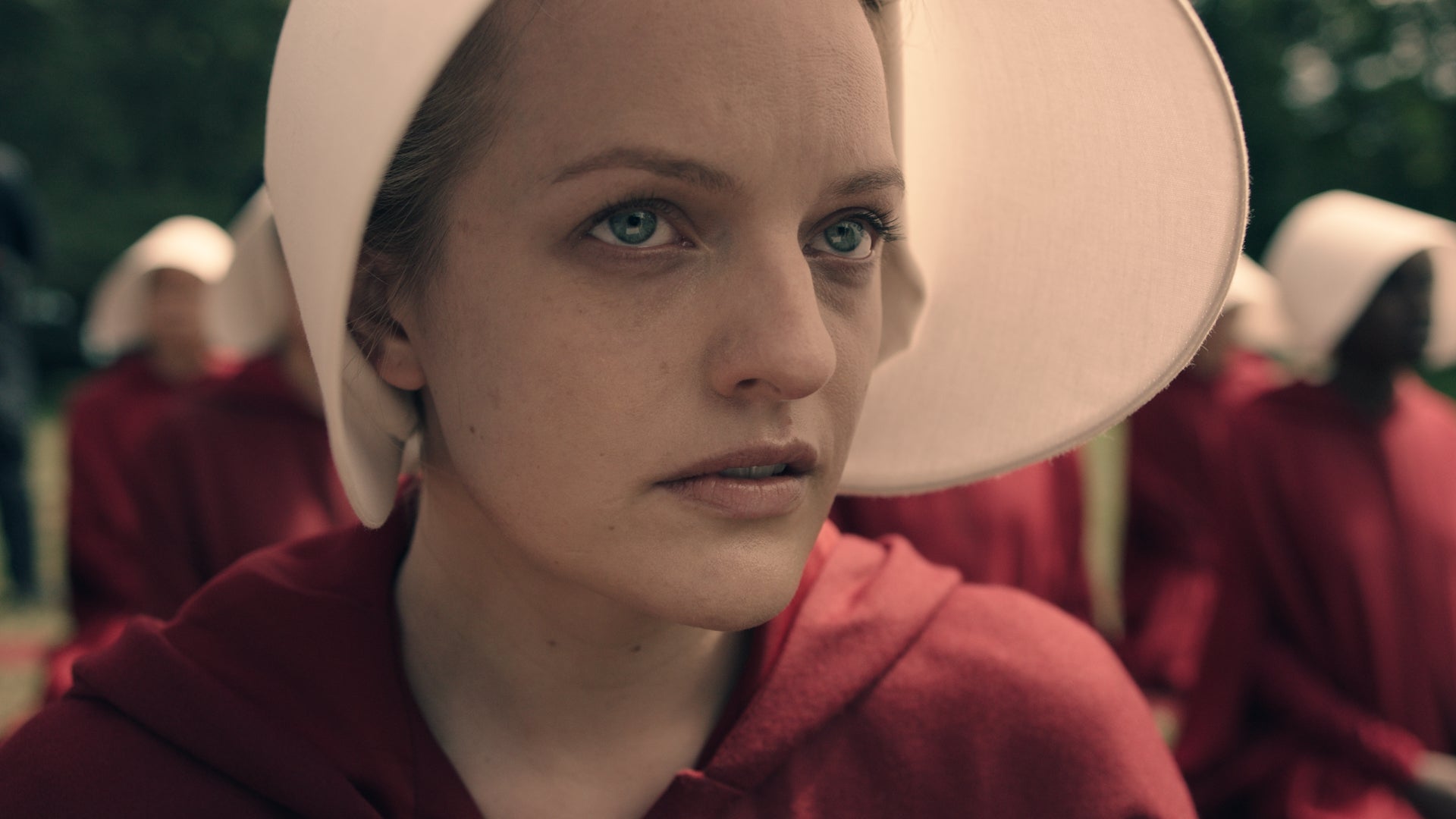“The Handmaid’s Tale” dystopia is captivating, especially now that reality is more dramatic than fiction
When I wrote a book on China’s one-child policy, many fictional precedents came to mind: Orwell, Huxley, and of course, The Handmaid’s Tale.


When I wrote a book on China’s one-child policy, many fictional precedents came to mind: Orwell, Huxley, and of course, The Handmaid’s Tale.
Atwood’s book seemed particularly resonant when China last year launched a nationwide two-child policy. In many ways, the Middle Kingdom today uncannily mirrors Atwood’s dystopian tomorrow: An oppressive regime, faced by steeply falling birth rates, experiments with new baby-making ways. (In China, this includes a “Doing It Starts With Me” campaign, encouraging civil servants to take the lead in having more children.)
In Atwood’s futuristic Gilead, this means that women who are biologically capable of reproducing are scarce commodities, “handmaids” who are traded among the nation’s elite. They have no names of their own, and are called after their male owners, ‘Offred’ ‘Ofglen,’ ‘Ofwarren.’
Hulu’s new 10-episode series, to launch on April 26, seems even more prescient in the light of recent events, not least the defunding of Planned Parenthood and the United Nations Population Fund by the Trump administration. But timeliness can also be a problem. How do you make good drama when reality beats you to the punch? What can fiction makers do that would surpass the can’t-believe-it actions viewers see everyday on their streets and news-screens? Americans now have a president who claims to be able to freely grab women by their genitals. A vice-president who won’t deign to dine with females alone, and wants women who have abortions to hold funerals for the fetus.
In the age of alt-facts, how do you craft a more shocking vision of an alt-future?
What’s more, Atwood’s future world has no photon lasers, no flying cars, no robots to provide eye candy for distracted viewers. The Walking Dead and World War Z hold viewers enthralled with zombies, while drawing parallels with current-day concerns on pandemics. True Blood has bloodsucking vampires to dramatize gay rights issues. But Gilead—based on the bookish Ivy League confines of Harvard—is a world that looks much like ours. Atwood’s focus is on the quiet violence that occurs in the most private of places—the home, the womb—and it takes a gifted dramatist to translate this cinematically. This is one reason why the 1990 film adaptation foundered, despite an all-star cast that included Robert Duvall and Faye Dunaway, with screenplay by Harold Pinter. Similarly, the Hulu series, judging from the first three episodes made available for review, can seem draggy in parts, with long walks down interminable corridors, measured against the ticking of clocks.
Series writer Bruce Miller has tackled this thorny task by making several alterations to the text, layering the series with additional contemporary concerns. Race, mostly a non-issue in the book, (black people, the “Children of Ham,” are shipped elsewhere) is amplified. Offred’s husband Luke, whose race is not mentioned in the book, is black. So is her best friend Moira. Thus the subtext of American slavery is made explicit: the handmaids are property. Their children, should they be lucky enough to bear any, are not their own.
The treatment of homosexuality is amped up. Offred, pluckily played by Mad Men’s Elizabeth Moss, is tasered when she uses the word ‘gay,’ to describe her friend Ofglen. Her interrogator reminds her the word is banned, and Ofglen—ably played by Gilmore Girls’ Alexis Bledel—is a “beast.” Ofglen’s lover is sentenced to death, while Ofglen is given a reprieve only because she is still fertile. There is a powerful scene in the back of a van where Ofglen and her lover, both muzzled and cuffed, wordlessly bid goodbye before the lover is dragged off for execution. (Once again, real world parallels intrude: as I write this, a New York Times story on anti-gay pogroms in Chechnya pops up in my news alert. The story describes Maksim, a victim, who is “zapped..with (electric) current from time to time.”)
Enhancing this is the rich visual feel of the movie, which has an almost painterly, Flemish-like quality in its handling of light and darkness. The handmaids’ white, bonnet-like caps, which prevent them from seeing or being seen too much, are a visual motif which complement this. Framed by this restrictive device, we feel like intrusive voyeurs peering at Elisabeth Moss’s face.
With these devices, the Hulu series, for the most part, holds up the burden of timeliness. Though it can drag in parts, watching it is like viewing the wreckage of a car accident as you inch past. You can’t not look. It is tragedy writ large, and it feels very real.